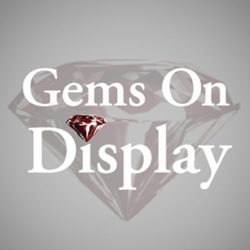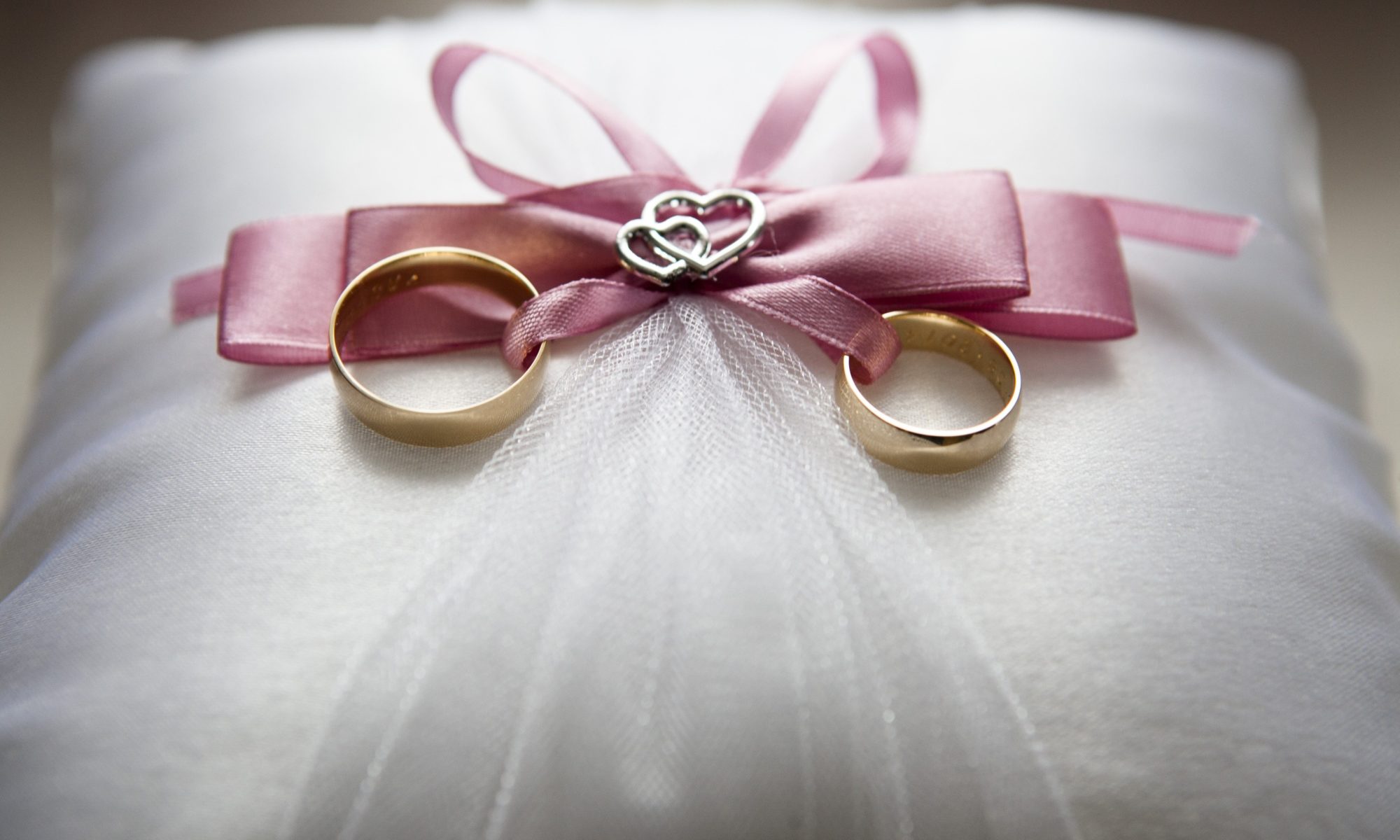Wedding rings have long been cherished symbols of love, commitment, and unity. Worn on the fourth finger of the left hand, these circular bands have transcended time, cultures, and traditions, evolving into the cherished symbols we recognize today. Join us on a fascinating journey through history as we explore the origins, symbolism, and transformations of wedding rings.
Ancient Beginnings
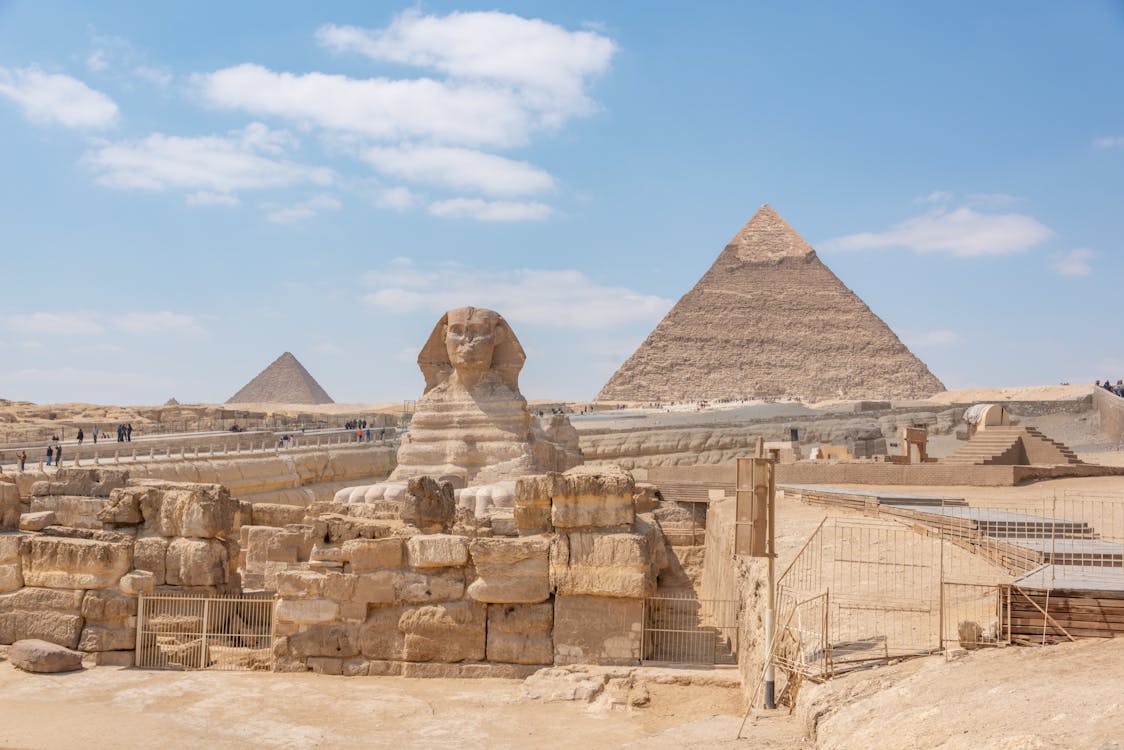
The tradition of exchanging rings dates back thousands of years. Ancient Egyptians believed that the “vein of love” ran directly from the fourth finger to the heart, leading them to wear rings on this finger. These early rings were typically made of braided reeds or hemp and symbolized eternity, with no beginning or end.
Roman Influence
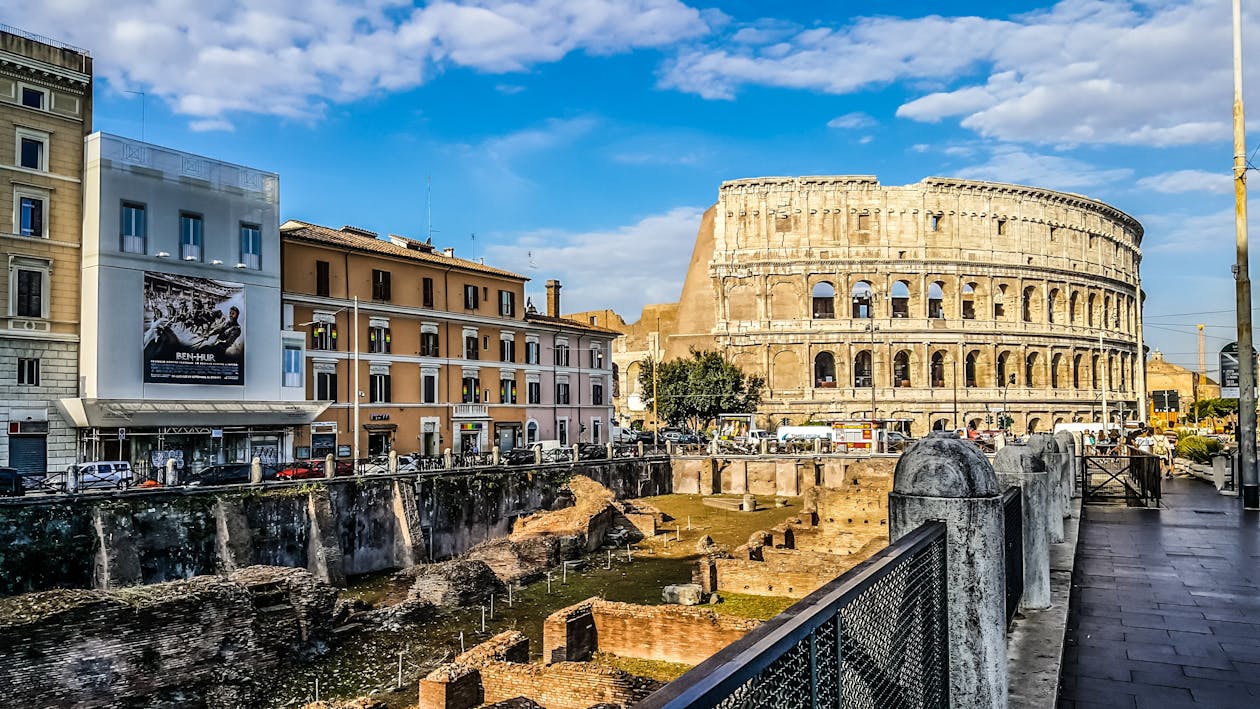
The Romans, known for their love of extravagant displays, contributed significantly to the evolution of wedding rings. Around the 2nd century BCE, they began using iron rings to signify their marital status. As time passed, these rings transitioned to gold, symbolizing wealth and social status. Roman rings often featured intricate engravings, such as the famous Claddagh design, which consisted of two hands holding a heart topped with a crown.
Medieval Symbolism
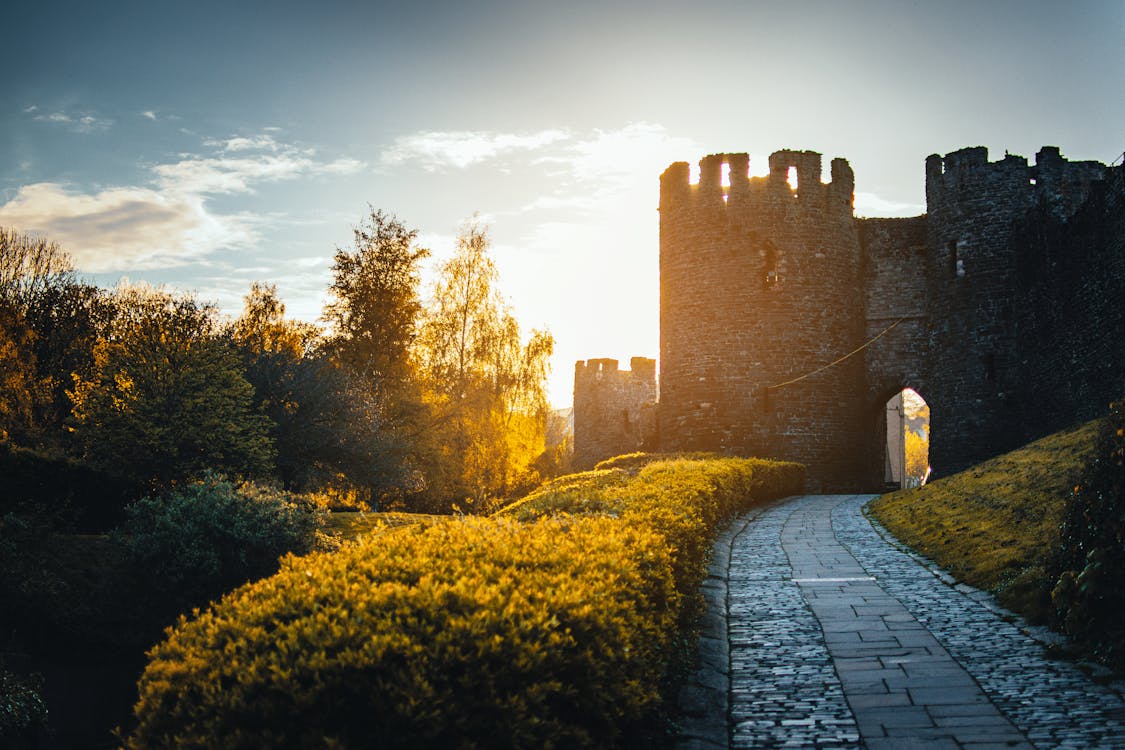
During the Middle Ages, wedding rings gained religious significance. The Church declared that rings were a symbol of fidelity and represented a sacred bond. Rings often featured religious symbols, such as crosses or images of saints. Additionally, the practice of engraving romantic phrases or the couple’s initials on the inside of the ring became popular during this time.
Renaissance Elegance
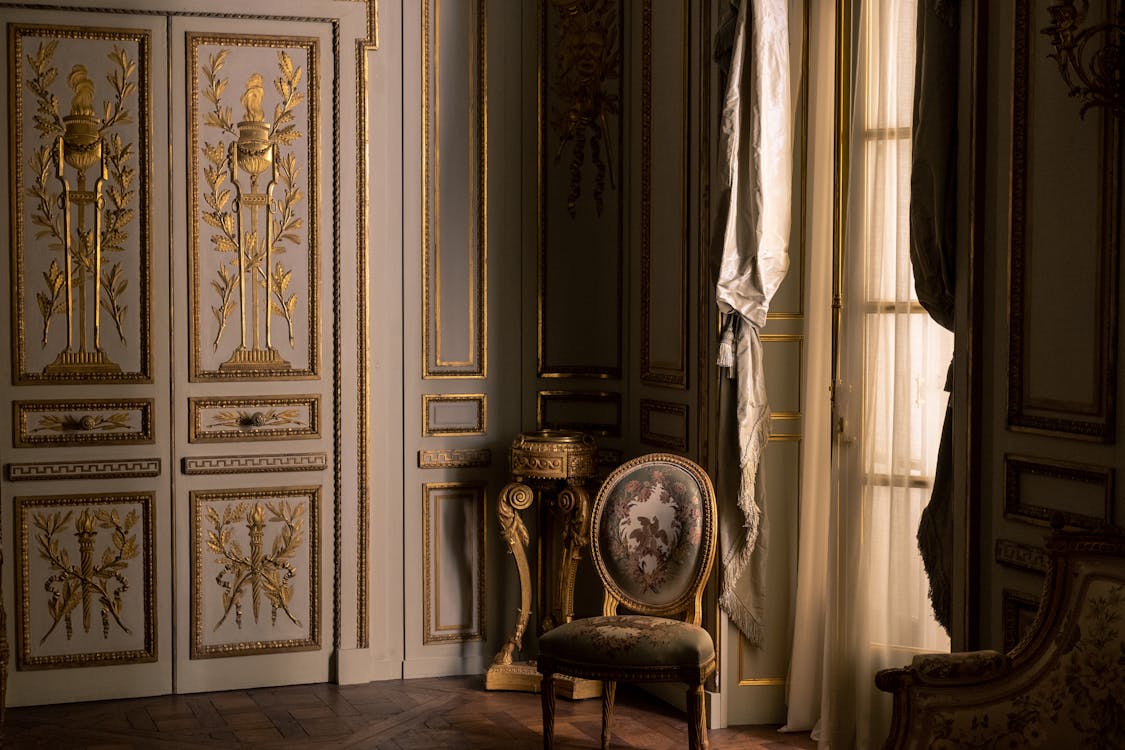
The Renaissance era marked a resurgence in the use of gemstones and ornate designs in wedding rings. The rings became more elaborate, often featuring intricate filigree work, enamel detailing, and the inclusion of precious gemstones. These rings were a symbol of the wearer’s wealth and social standing and were highly coveted among the nobility.
Victorian Sentimentality

The Victorian era brought with it a focus on sentimentality and romanticism, greatly influencing wedding ring designs. Rings from this period often featured intricate engravings, such as floral motifs or lovers’ knots, and were adorned with gemstones like diamonds and sapphires. Additionally, the use of birthstones gained popularity as a way to personalize wedding rings.
Conclusion
The history of wedding rings is a testament to the enduring power of love and commitment. From humble beginnings in ancient civilizations to the ornate designs of the Renaissance and the sentimental motifs of the Victorian era, these circular bands have evolved while retaining their symbolism. Today, wedding rings serve as a beautiful reminder of the eternal bond between two individuals. As we continue to celebrate love and unity, the legacy of wedding rings shines brighter than ever.

